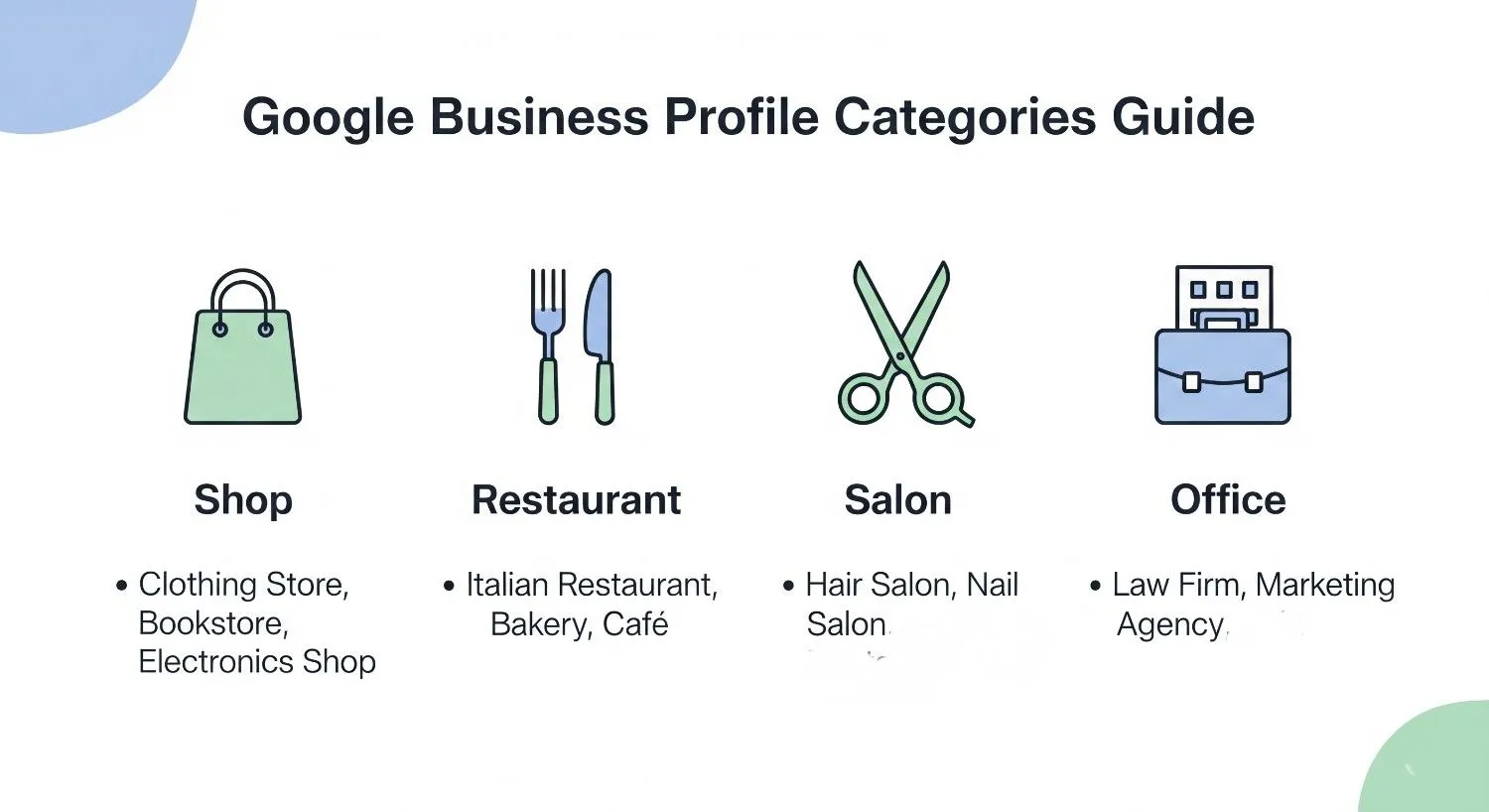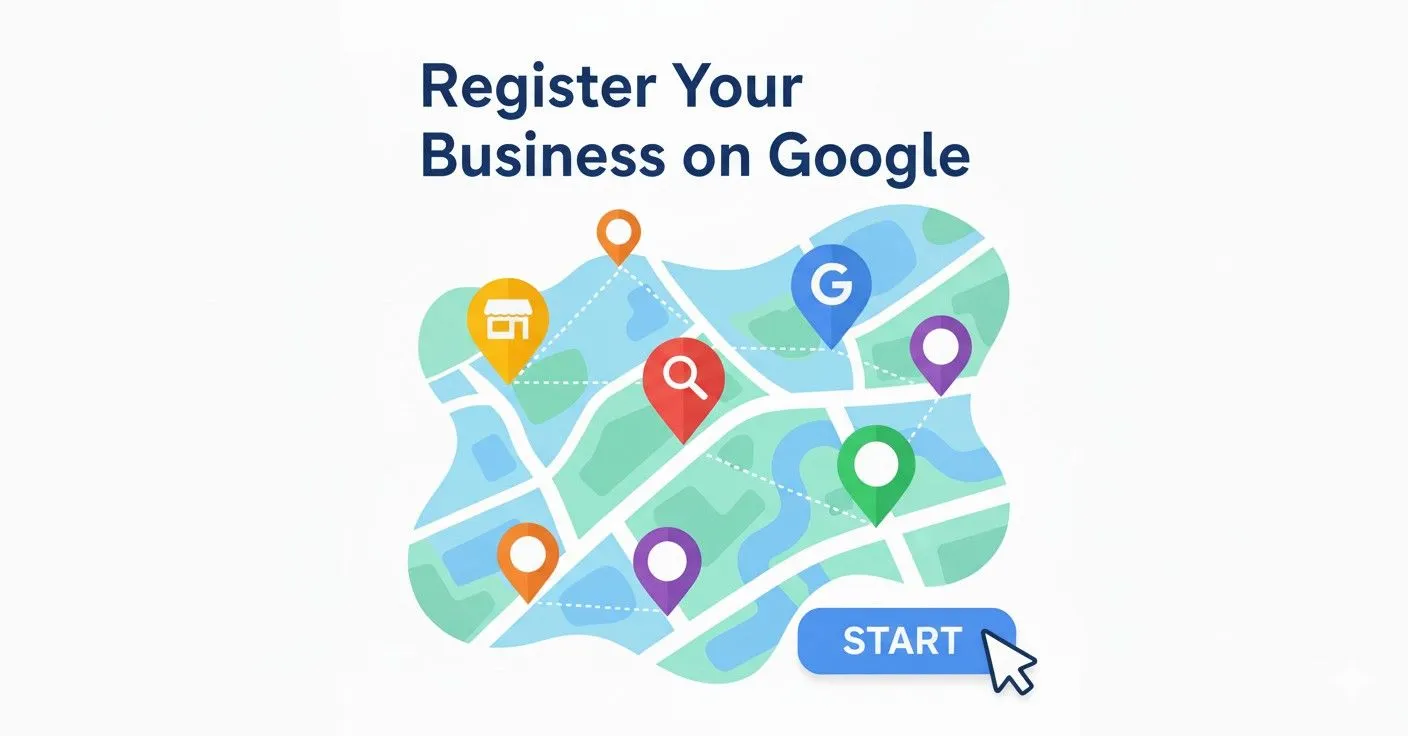
How to Choose the Right Business Category on Google Business Profile
When it comes to establishing your online presence, one of the first steps is setting up your Google Business Profile (GBP). This platform allows businesses to showcase their services and engage with potential customers directly through Google Search and Maps. However, a crucial element often overlooked is the selection of the appropriate business category. The right category can make a significant difference in how easily potential customers find your business. In this article, we will explore various aspects of Google Business Profile categories, helping you choose the best fit for your business.
Understanding Google Business Profile Categories
Google Business Profile categories serve as labels that describe what your business does. They help Google understand the nature of your services, ensuring that when users search for specific terms related to your offerings, your business appears in relevant results. For instance, if you own a bakery, selecting "Bakery" as your primary category enables Google to show your profile to individuals searching for bakeries nearby. It’s essential to be as precise as possible; broader categories may lead to missed opportunities while too narrow options might not attract enough searches.
The Difference Between Primary and Secondary Categories
Every Google Business Profile allows you to select a primary category along with additional secondary categories. Your primary category is the key representation of your business, highlighting its main product or service. On the other hand, secondary categories are supplementary and allow you to highlight other services you provide.
For example, if you operate a café that also offers catering services, your primary category should be "Café," while a suitable secondary category could be "Catering." It’s vital to keep your primary category should closely reflect your main business offering to ensure maximum relevance in local search results.”
Why Choosing the Right Category is Important
Selecting the right category is crucial for multiple reasons. Firstly, it influences how well your business ranks in local searches. Google uses categories as one of its ranking factors; thus, an accurate categorization can enhance visibility when potential customers search for relevant keywords. Secondly, selecting an incorrect category could lead to misaligned customer expectations, potentially harming your business's reputation.
Moreover, choosing the right category aids in differentiating your business from competitors. When prospective customers see an accurate representation of what you offer, they’re more likely to choose your services over others. Lastly, using the appropriate categories improves your chances of appearing in Google's Local Pack—those top three listings shown on search results pages for localized queries—which can dramatically increase foot traffic to your physical location.
How Categories Affect Local Search Visibility
Categories play a critical role in local search visibility, this is especially important today, as people often depend on local information online to make decisions. Google strives to provide the most relevant results based on user intent. By effectively utilizing categories, you increase the likelihood of being discovered by individuals seeking specific products or services in your area.
Search algorithms analyze user queries alongside the categories associated with each business. Thus, an accurately categorized business profile helps ensure your company surfaces during relevant searches. Furthermore, having consistent and clear categories enhances your business credibility, contributing to higher click-through rates and increased conversions.
Steps to Identify Your Primary Business Category
Determining your primary business category takes careful consideration. Here are some steps to guide you:
- Research Competitors: Look at similar businesses in your area and see which categories they have chosen. This will give you a sense of standard practices and potential gaps in the market.
- Use Google’s Suggestions: When you begin typing in a category, Google provides suggestions based on existing data. These recommendations can point you toward popular categories relevant to your business.
- Be Specific: Aim for a category that reflects your business accurately. Instead of opting for generic labels, choose specific ones that detail your services. A “Digital Marketing Agency” is preferable to a vague “Marketing.”
- Consult Google’s Category List: Google provides a comprehensive list of available categories within its Business Profile Help Center. Ensure you go through this list to find the best match.
- Analyze Customer Feedback: If you already have a presence online, review feedback and inquiries from customers to identify keywords and phrases they associate with your business. These insights can help you identify the category that best connects with your audience.
- Stay Updated: Google regularly updates its categories to reflect evolving market trends. Regularly revisiting your chosen category ensures that it remains aligned with your business’s evolution and the competitive landscape.
How to Find Suitable Secondary Categories
Selecting a primary category for your business is crucial, but many businesses overlook the importance of secondary categories. To find suitable secondary categories, start by conducting thorough research on your industry. Look at competitor profiles and identify what categories they are using effectively. Tools like Google Trends can help analyze what terms potential customers are searching for. Also, take into account the complete range of services your business provides. If your main service is landscaping, but you also provide snow removal, listing “snow removal service” as a secondary category ensures you're found year-round.
Remember, secondary categories should complement your primary one without straying too far from your core business focus. This way, you maximize your chances of appearing in relevant searches while maintaining clarity about your offerings.
Common Errors When Selecting Business Categories
Choosing the wrong categories can hinder your business's online visibility and impact your local SEO. One common mistake is being overly broad. For example, labeling your restaurant as simply "food" does not provide enough specificity. Instead, use precise categories like “Italian Restaurant” or “Vegetarian Café” to enhance discoverability. Another error is neglecting to update categories when your business model changes. If you introduce new products or services, reflect these changes in your categories to keep your profile accurate.
Moreover, avoid selecting irrelevant categories just to capture more traffic; this can lead to user dissatisfaction when they don't find what they're looking for. Stick to categories that genuinely represent your business for better customer engagement and trust.
Using Google’s Suggested Categories Effectively
Google provides a list of suggested categories based on its algorithms and user data, which can be immensely helpful in refining your category selection. Take advantage of these suggestions to ensure you're aligning with how users search for services like yours. To do this, begin typing in your primary category during the setup process; Google will generate a dropdown of relevant options.
Pay attention to trending categories in your niche. Sometimes, businesses may overlook emerging categories that could capture new market segments. For instance, if there's a growing demand for eco-friendly services in your area, ensure your categories reflect this trend to attract environmentally conscious consumers.
Tips for Updating or Changing Your Business Category
As your business evolves, it’s important to revisit and potentially update your business categories. Regularly assess whether your selected categories still align with your current services and market position. Here are some tips for making updates:
Set Reminders: Schedule regular reviews of your GBP every six months.
Monitor Competitors: Keep an eye on competitors’ category selections and industry trends.
Use Customer Feedback: Pay attention to customer inquiries and feedback—if many people ask about a specific service you’re not highlighting, consider adjusting your categories accordingly.
Test Changes Gradually: When updating categories, consider doing so incrementally rather than all at once to measure the impact of each change.
Always ensure that your profile remains reflective of your offerings to maintain credibility with both customers and search engines.
Industry-Specific Considerations for Category Selection
Different industries have unique challenges and considerations when it comes to category selection. For example, service-based industries such as plumbing or HVAC might benefit from subcategories that specify particular services, like “Emergency Plumber” or “Air Conditioning Repair.” On the other hand, retail businesses should carefully choose categories that accurately depict their product offerings, whether it be clothing, electronics, or home goods.
Additionally, understanding regional preferences can guide your choices. Certain areas may favor particular services over others, and reflecting these nuances in your category selection can give you an edge in local searches. Engage with local forums and community boards to gauge popular services in your vicinity.
How Multiple Categories Can Influence Customer Discovery
While your primary category is paramount, adding multiple categories can significantly enhance customer discovery. Each additional category can serve as an avenue for potential customers to find your business. However, balance is key—overloading your profile with too many unrelated categories can dilute relevance. A focused approach will help create a strong presence in searches pertinent to your services.
Research indicates that businesses utilizing multiple relevant categories often experience increased visibility in local search results. This not only attracts diverse customer demographics but also improves the likelihood of appearing in “near me” searches, thus drawing more foot traffic to your physical location.
Monitoring and Adjusting Your Category for Better Performance
Lastly, consistent monitoring and adjustments are vital for optimizing your Google Business Profile performance. Use insights from Google My Business to track how customers interact with your listing. Analyze data such as how many users found you through direct searches versus discovery searches. If you notice significant gaps, consider adjusting your categories to capture more traffic.
Moreover, take advantage of tools like Google Analytics to monitor referral traffic. If certain categories drive higher engagement or conversions, prioritize those in your listings. By regularly evaluating performance and adapting your strategy, you'll remain competitive and visible to potential customers.
In conclusion, selecting the right business category on Google Business Profile is more than just a formality; it’s a strategic move that impacts your visibility and customer engagement. By thoroughly researching suitable categories, avoiding common pitfalls, and staying attuned to industry trends, you can optimize your profile and ensure your business thrives in a crowded digital marketplace.





